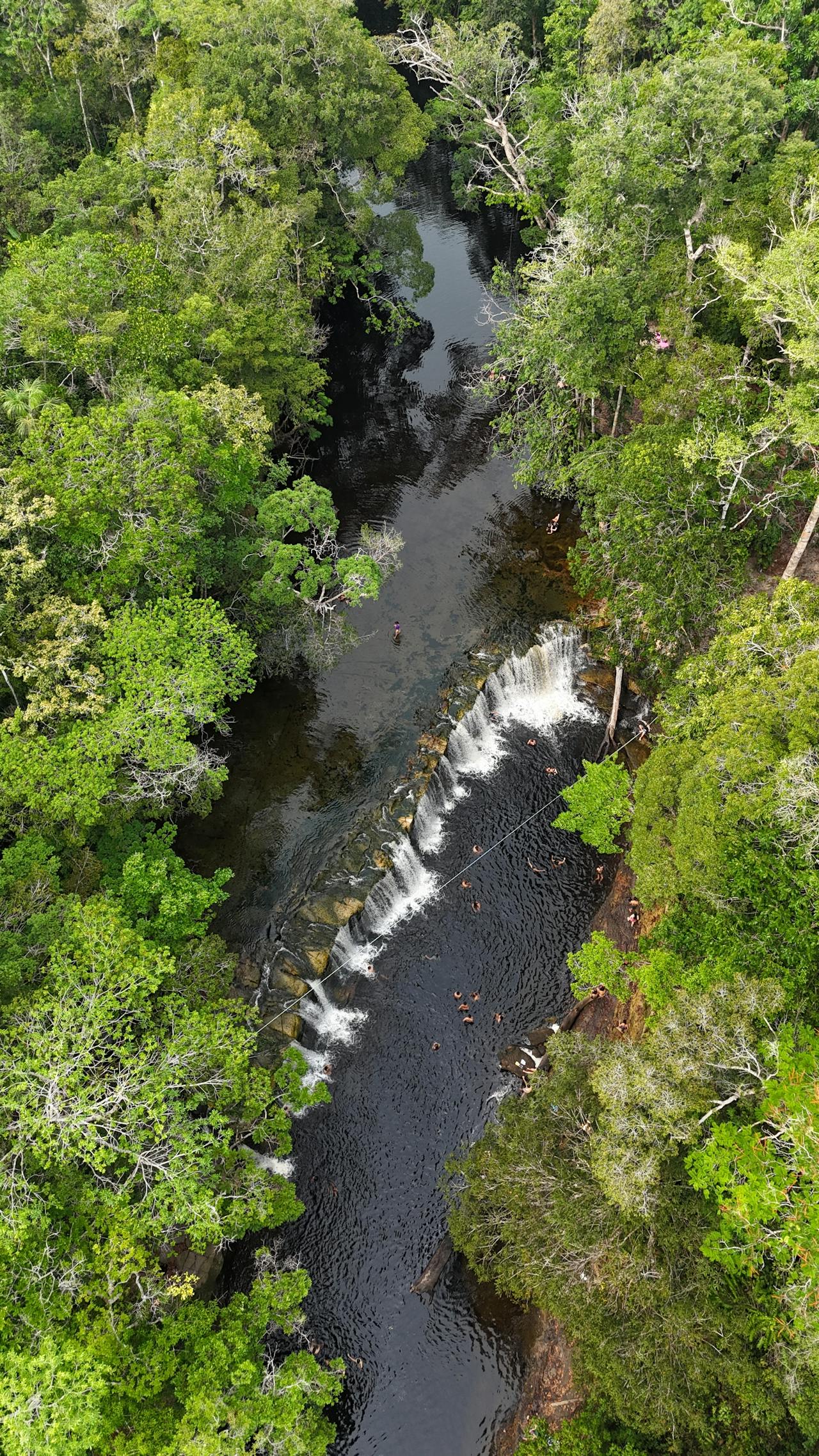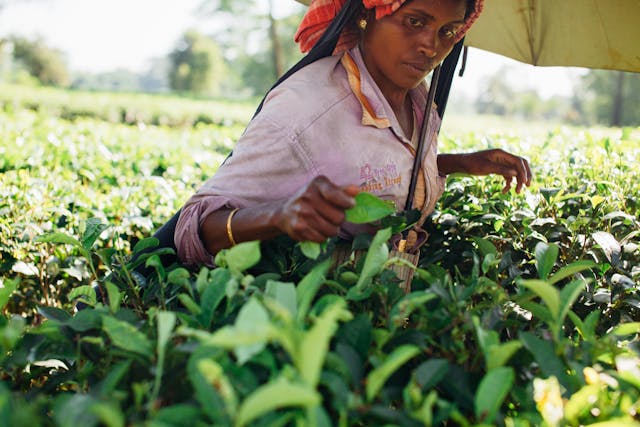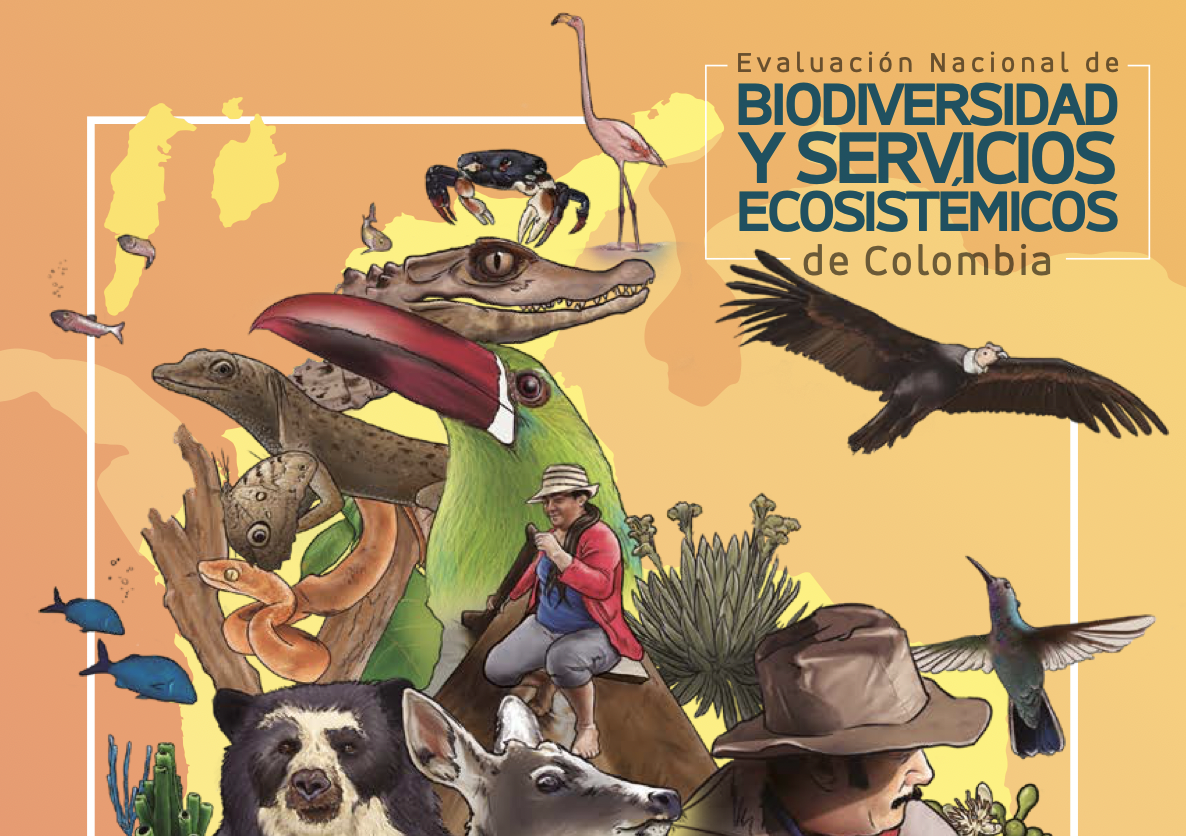Capturing the status, trends, and relationships in biodiversity and urbanization is a multi-dimensional challenge for scientists and policy-makers alike. An indicator, the City Biodiversity Index (CBI), was developed as a self-assessment tool to measure trends in urban contexts in three spheres: biodiversity, ecosystems, and governance. Its primary focus is “green,” but it further encompasses social and economic aspects to measure the sustainability of a city. The indicators can be used to visualize trends and translate scientific assessments into policy. Since 2008, 25 cities have voluntarily applied for the CBI. In Asia, Japan applied certain components of the CBI to 665 municipalities in 2016 in one of the first large-scale applications at the national level. Regarding data visualization methods, the city of Helsinki, for example, has a website to visualize environmental information on biodiversity. The aim of this paper is to identify the practical and scientific challenges in the conservation of biodiversity in medium to small cities based on a questionnaire survey. The research site is Ishikawa prefecture, which comprises municipalities of the target sizes. The survey shows that certain terms were difficult to understand conceptually, particularly “ecosystem services.” The lack of monitoring and available datasets posed a number of difficulties for applying the index to the majority of cities. A method to evaluate biodiversity and ecosystem services has not yet been established. These technical difficulties are complicated with administrative and financial issues as well as human resources, issues shared by the municipalities. Based on our survey results, recommended activities are discussed.
Motivation, strategy and challenges of conserving urban biodiversity in local contexts: Cases of 12 municipalities in Ishikawa, Japan
Year: 2016

































































































































































































































































































































































































































































































































































































































































































































































































































































































































































































































